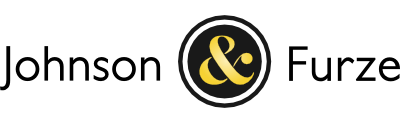TECHNOLOGY
Smart use of new methods
Technology has revolutionised the imaging of the eyes and allows some health problems to be identified that would previously have been overlooked. We have a policy of investing in modern technology and incorporate it into our standard eye examination.
However, we are also masters of the traditional methods. In skilled hands the time-tested ways are at times superior. Experience instructs us that the best results come from combining old and new technology. We use whatever tool or method will help us best help you.
SPECTRALIS
We were the first practice in the area to purchase an OCT many years ago. The technology of OCT allows us to see not just the surface of the retina, but also within it and underneath. Being able to examine these hidden parts of the eye has allowed us to detect problems in people who would have otherwise lost sight.
The SPECTRALIS is our most recent OCT that is widely regarded as the best commercially available instrument in the world. The early diagnosis and treatment decisions of retinal disease and glaucoma are based on small changes over time. Detecting change is limited by resolution and accurate alignment of follow-up scans. This technology solves these problems by using a laser to track the eye and guide OCT to the selected location. Not only are the scans guided on first examination to eliminate motion artifacts, but automatic retinal recognition based on the patterns of the retinal blood vessels enables follow-up examinations to be scanned in precisely the same exact location.


External eye
Our slitlamp biomicroscope is an optical masterpiece that gives a magnified view of the structures of the eye. It maintains high-resolution and contrast at even 40x magnification to show their detail and beauty. The instrument incorporates a digital camera that records images and videos for monitoring and telemedicine.
To map the surface curvature of the eye when fitting contact lenses or managing irregularities of the cornea we use a keratometer, which is an instrument that measures the shape of reflected rings.
Internal eye
To dynamically view the back of the eye we use a range of lenses in combination with our biomicroscope. Some lenses give direct views and others use mirrors to view anatomy that would otherwise remain hidden. Many of these lenses are only rarely found outside of hospitals.


Tonometry
There are many ways of measuring the eye pressure. Most high-street opticians use an air-puff method because it can be delegated to unqualified staff, but it is not considered reliable and is unpleasant. As standard we use an iCare tonometer based on a rebound measuring principle, in which a very light-weight probe is used to make momentary contact with the cornea.
The touch of the probe is so gentle that it is barely noticeable. When more accuracy is required we instill anaesthetic drops and use a Goldmann tonometer, which is the gold standard test used in hospital clinics.
Perimetry
A screening test is normally used to assess visual fields. This uses bright lights to quickly detect advanced disease, but will miss subtle problems. It is also not suitable for monitoring because it's a simple pass/fail test.
A better way is to use a full-threshold strategy that shows lights of varying brightness to determine the dimmest light that can be seen in many locations.
The gold-standard visual field test is the Humphrey Field Analyzer, which is used in almost all hospital clinics. It builds up a detailed map of light sensitivity and so detects problems earlier and can monitor for change over time.












